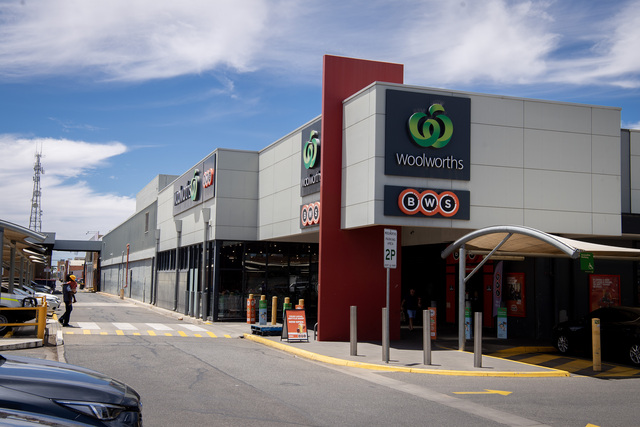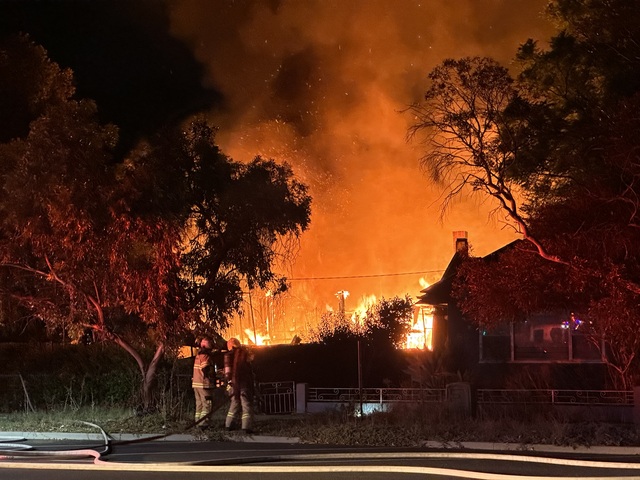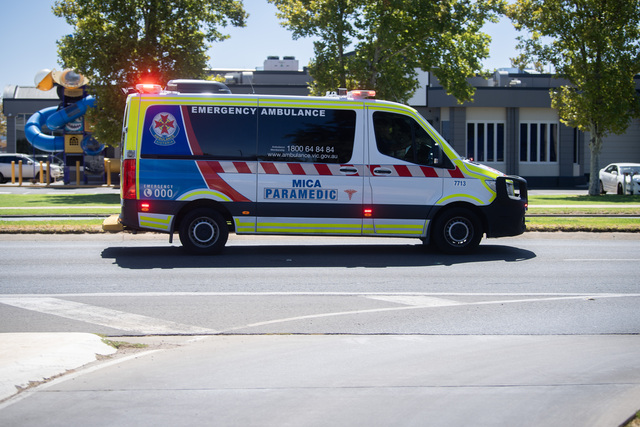LOCAL media was invited to join some of the big wigs at Mildura Council for a breakfast this week.
It was a proactive step aimed at helping us in the media to better understand some of the issues council faces on a day-to-day basis.
Top of the agenda, of course, was council rates.
I have written about the inequity that rural and regional councils like Mildura face on rates on numerous occasions.
The system is so heavily weighted against them, and towards the populated city councils, that it needs reform at federal and state government level.
But neither has been willing to do the fair and right thing.
In a nutshell, what needs to happen is the Federal Government needs to provide more money to the states, for the states to then redistribute to disadvantaged councils like ours, where ratepayers pay between four to six times the amount for a home of equivalent value to their city counterparts.
To highlight the great divide, Mildura council compared itself with a similar council in Swan Hill, and then the City of Casey in south-east Melbourne.
They presented a few graphics that demonstrated why they face an impossible task in trying to keep our rates down.
Mildura Rural City Council is responsible for an area of 22,300 square kilometres with a population at the latest census of about 57,000. To put that into context, the City of Yarra Council in central Melbourne looks after an area of 19.5 square kilometres and has a population of nearly 90,000. It’s simple maths. City councils have far less area to maintain, and far more ratepayers to help them do it.
Mildura Council’s comparison to the City of Casey was particularly interesting.
The two councils look after a similar amount of swimming pools, libraries and parks, but the major differences are that Mildura has 2400km more roads to maintain, while Casey’s population is 893 people per square kilometre and Mildura’s is just 2.5.
Their budgets are also vastly different. Casey’s budget for 2021-22 is an eye-watering $547.4 million compared to Mildura’s $134.4 million.
Consider that for a moment. Casey has fewer roads to maintain, yet similar parks, pools and libraries to service. They have to pick up more bins, yes, but don’t have to travel as far to pick them up.
Yet they have a budget that outstrips Mildura’s by $413 million.
So while Mildura councillors weigh up whether to raise our rates by 1.75 per cent or cut services such as early childcare, councils like Casey are in this year’s budget spending $12 million on “business and digital transformation to improve our customer’s experience”. Lucky them, hey?
Budgeting $12 million to give us all faster internet speed is a luxury that Mildura Council can only dream about for its residents.
Remember, too, we are all Victorian taxpayers.
Mildura is listed as the fifth most disadvantaged council in Victoria. We lag behind the average Victorian or Australian dramatically in areas such as household incomes, while ranking highest in almost every long-term health condition.
So, as a basic explanation, we earn less than the average Victorian or Australian, require more services and care, on top of living remotely, yet pay more in council rates. Way more.
As well as this week’s breakfast, I recently sat down privately with Council chief executive Martin Hawson and Mayor Liam Wood, who wanted to discuss the best strategy to explain to the public how disadvantaged Mildura was by the rates system. And how councillors face an impossible choice between lifting the rates to their already financially-stressed residents, or cutting services to their most vulnerable.
To my mind, the answer was simple. Tell them the whole story.







